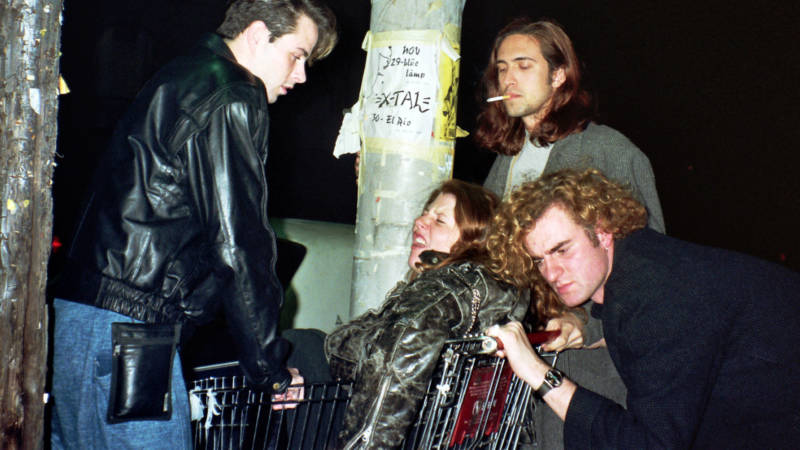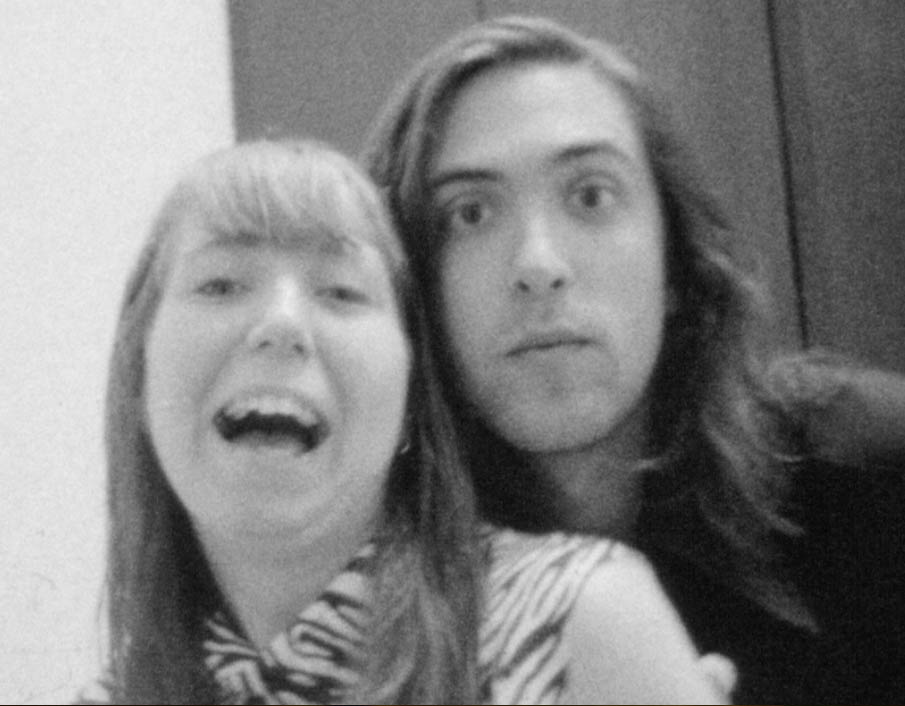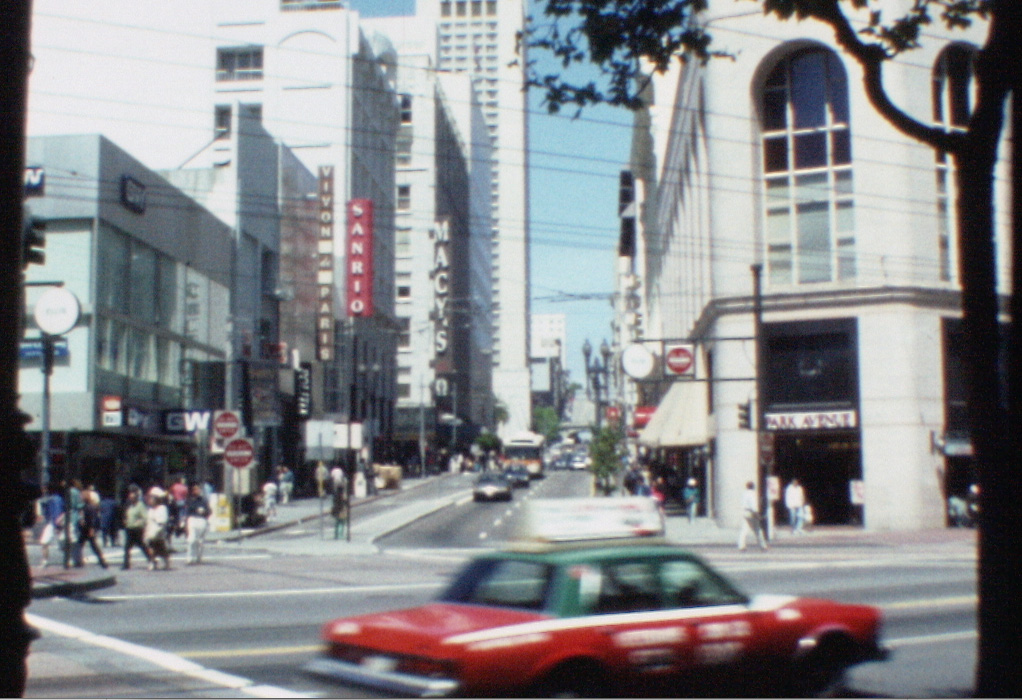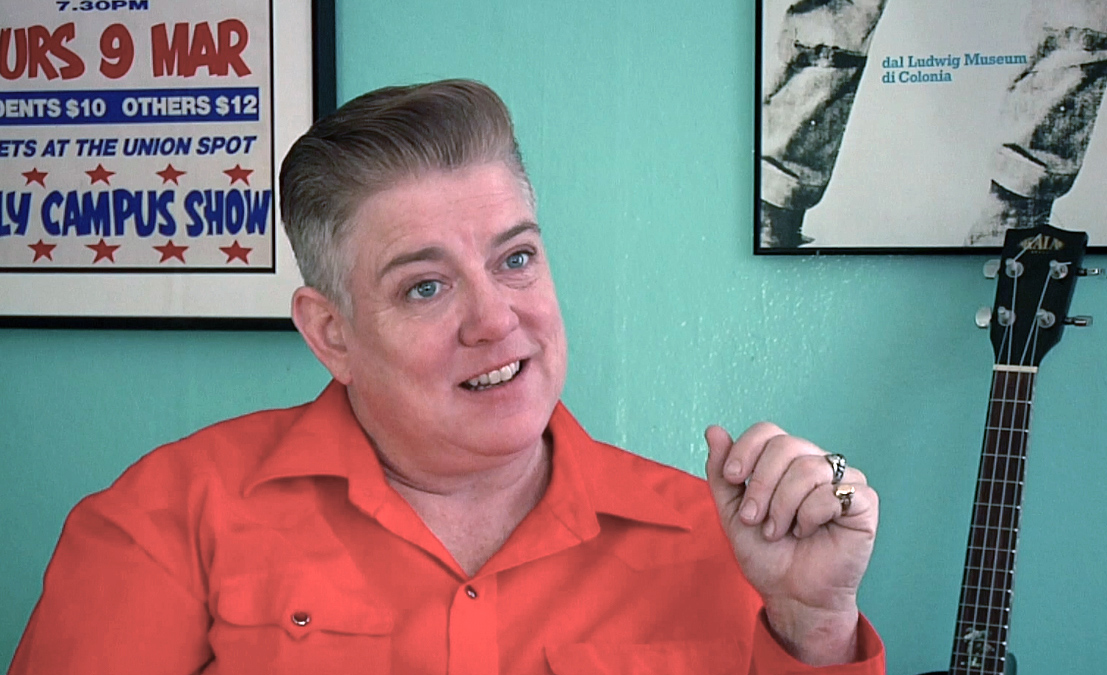That headline, friends and neighbors, is intended to be slightly provocative and completely ironic. Join me, for just 24 hours, in abandoning the tired cliché that the good old days (especially hereabouts) were all that great.
Sure, those of us who’ve lived here for any length of time are convinced that San Francisco used to be a kinder, classier, quirkier and more affordable city. But perhaps that says more about us, and the way human beings react to the inevitability of change, than it says about the city.
“I remember my grandparents doing this in the car,” recalls filmmaker Peter Paul Jacques, who grew up in San Diego before relocating at the beginning of 1989 to study film at San Francisco State. “‘That used to be an ostrich farm.’ I’d go ‘Ugh, who cares, Grandma?’ Then you hit 50 and you go, ‘Ohhhh.’” Jacques’ forthcoming documentary, SF89: San Francisco Before the Internet, excavates and revisits the San Francisco of the late 1980s and early 1990s, a pivotal era in the lives of Jacques and his friends.
Of looking back over a period of massive change, Jacques muses, “What does that do to you inside? I think the theme of change is universal. We romanticize, ‘It used to be so great.’ People come up to me about this film, ‘You’re doing it about San Francisco in the good times.’ Well, it wasn’t that good.” Jacques laughs. “If we weren’t having a major earthquake, there were all kinds of [other] terrible, horrible [things].”





